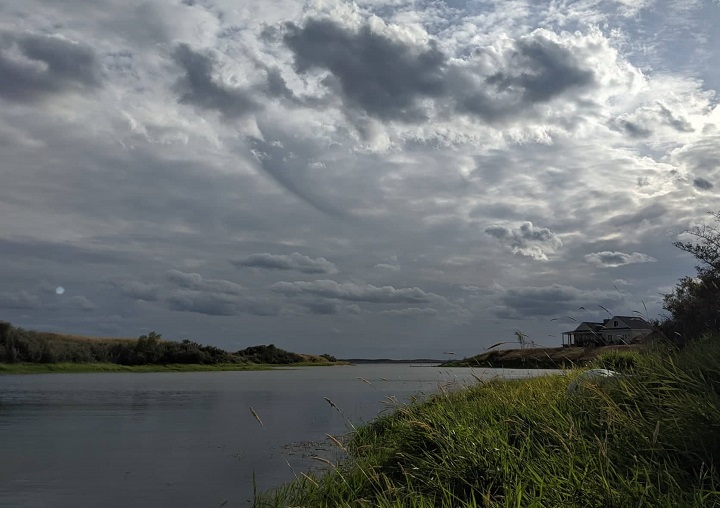The Saskatchewan Environmental Society (SES) has released a list of actions it wants taken by the province to limit climate change.

In a letter addressed to Premier Scott Moe and Environment Minister Warren Kaeding, the group provides 25 recommendations in areas including electricity generation, transportation, the oil and gas sector and protected areas.
SES wants policy measures in place to achieve a 45 per cent cut in greenhouse gas emissions by 2030 — a recommendation laid out by the United Nations.
The group also wants to see carbon neutrality achieved by 2050.
“One billion tonnes. That is the amount of manmade greenhouse gas pollution the province of Saskatchewan has released into Earth’s atmosphere in the past 14 years,” reads a statement by the SES.
Advocates say more aggressive action is needed for Saskatchewan to meet unendorsed emissions reduction goals locally.

Get breaking National news
Peter Prebble, an SES board member, said on Tuesday that the current level of emissions is not environmentally sustainable.
He pointed to Saskatchewan weather and climate events from this past summer — such as severe drought and wildfires — which suggested climate change made conditions worse in the province.
“I think it’s becoming clear that we are facing unprecedented impacts,” Prebble said during a virtual event on Tuesday. “We really need an all-hands-on-deck effort at reducing emissions.
“We want to urge that the federal and provincial governments need to start co-operating closely together to achieve these emission reductions.”
Prebble believes there will be longer and more dangerous wildfire seasons in the province if nothing is changed, which is one of his largest concerns.
Another risk he listed was consecutive years of drought, which he said could become worse as global temperatures continue to rise.
“It’s not at all out of line to ask the Saskatchewan government to aim for a 45 per cent reduction target,” he said. “This is essentially what partners in the industrialized world are undertaking, for the most part.”
“Our emissions are higher than in Norway and Sweden.”
Kaeding said Tuesday that he has received and is evaluating the letter from the SES.
The full letter, including the 25 recommendations made to the government, can be viewed below.








Comments